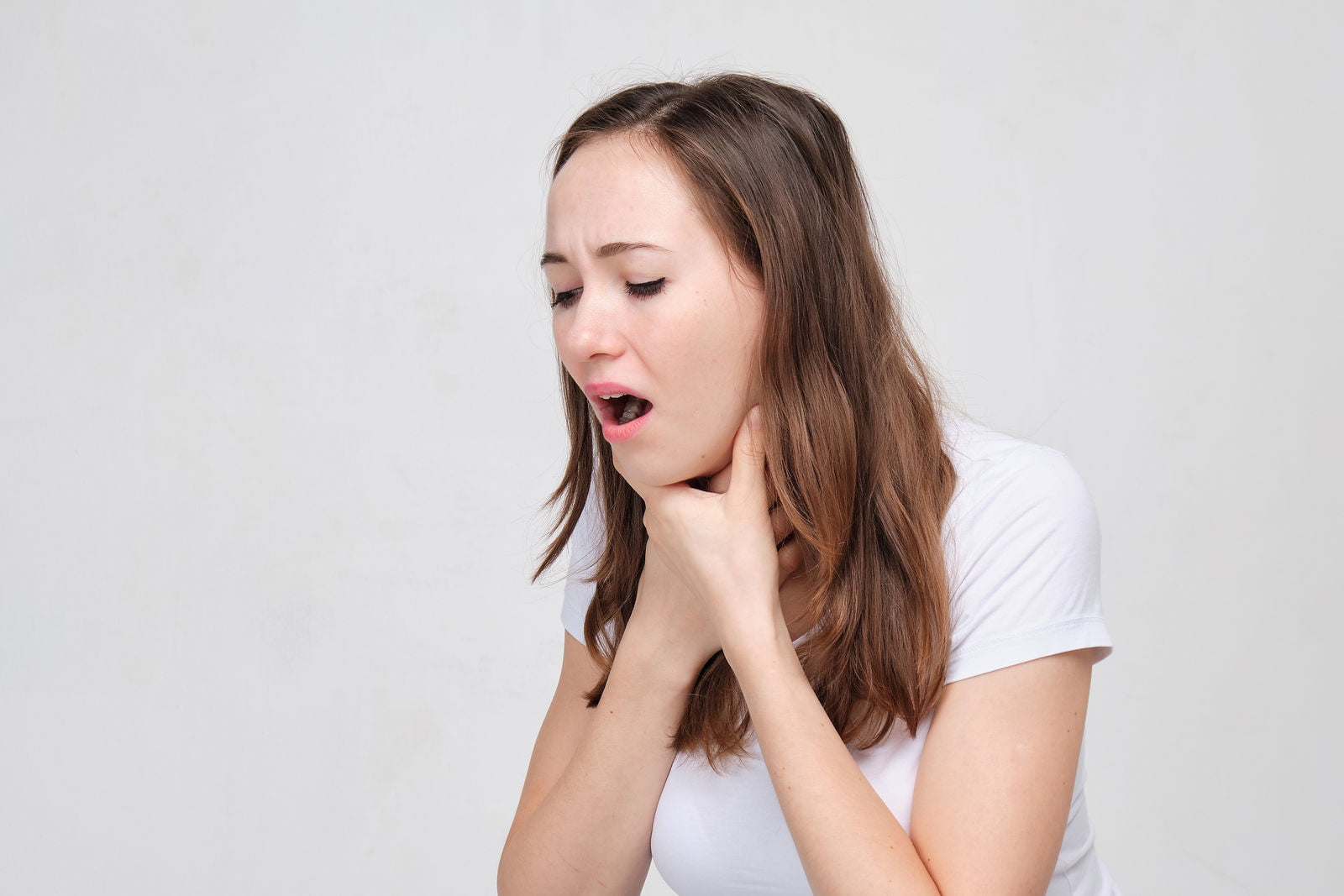Parent Observation Study for Choking Hazards
In the realm of toy testing, ensuring safety is paramount. The Parent Observation Study for Choking Hazards serves as a critical tool in safeguarding children from potential choking hazards associated with toys and play materials. This service involves observing parent-child interactions to identify instances where small parts or components might pose an ingestion risk.
This study is particularly relevant given the diverse range of toys on the market, which cater to various age groups and developmental stages. The focus lies in understanding how children interact with these products and under what circumstances they might place items into their mouths, potentially leading to choking hazards.
The methodology employed during this study closely mirrors real-life scenarios, making it an effective means of assessing the actual risk rather than relying solely on laboratory tests which may not accurately reflect everyday use. Parents are observed while playing with various toys, and their children’s behavior is noted, especially focusing on any incidents involving small parts being placed in the mouth.
This approach allows for a more holistic understanding of choking risks by incorporating factors such as design aesthetics, packaging, and play patterns that could influence a child's interaction with a toy. The study aims to provide actionable insights into modifying designs or warning labels to mitigate these risks effectively.
The importance of this service cannot be overstated in the context of toy safety regulations worldwide. For instance, standards like ASTM F963-17 and EN 71-1 specify that toys should not contain small parts that could become a choking hazard for children under three years old. However, beyond these regulatory requirements, a parent observation study offers a deeper dive into real-world behavior to ensure compliance with both current regulations and future expectations.
In addition to the core focus on identifying choking hazards, this service also addresses broader safety concerns such as ingestion risks from non-food items that might be mistaken for food. By observing these interactions, we can better understand how children engage with toys and what specific features or elements could lead them into dangerous situations.
The findings of a parent observation study are invaluable not only in complying with regulatory standards but also in enhancing product design to meet consumer expectations. Manufacturers who invest in such studies gain valuable feedback on the usability and safety aspects of their products, allowing for continuous improvement. Moreover, this service helps build trust between manufacturers and parents by demonstrating a commitment to child safety.
- How does the study differ from traditional laboratory tests?The parent observation study differs from traditional laboratory tests in that it focuses on real-world interactions rather than controlled conditions. While laboratory tests provide quantitative data, this approach offers qualitative insights into how children actually use and interact with toys.
- What age groups are typically observed?Observations generally cover infants and toddlers up to three years old. However, adjustments can be made depending on specific project requirements or client needs.
Scope and Methodology
The scope of the parent observation study is tailored to encompass a wide array of toy products, including but not limited to dolls, action figures, educational toys, and construction sets. The methodology involves setting up controlled environments where parents are encouraged to play with their children using these toys. Observers meticulously document any instances where small parts or components are placed in the child's mouth.
The process begins by selecting a diverse set of toys that represent various categories within the toy industry. These selections are made based on market trends and expert recommendations, ensuring comprehensiveness. Once chosen, each toy is introduced to the parent-child pair under observation, creating an authentic play scenario.
During these sessions, observers maintain detailed records of every interaction involving small parts or components that could potentially be ingested. This includes noting the duration of such interactions and any verbal cues indicating the child’s interest in placing items into their mouth. The data collected is then analyzed to identify patterns and common triggers for risky behaviors.
The methodology also emphasizes the importance of replicating typical home environments as closely as possible. This ensures that the observed behaviors are reflective of real-life situations, thereby enhancing the accuracy of the findings. By doing so, this service not only meets regulatory requirements but also provides actionable recommendations for product improvement.
Quality and Reliability Assurance
The quality and reliability assurance of the parent observation study are paramount to ensure accurate and reliable results that can be trusted by manufacturers, regulatory bodies, and parents alike. This service employs rigorous protocols to maintain high standards throughout the entire process.
- How do you ensure the consistency of observations?Consistency is maintained through standardized training for observers and regular quality checks. This ensures that all data collected is accurate and comparable across different sessions.
- What measures are in place to prevent bias?Measures include blind observation protocols and structured questioning to minimize subjective interpretations. This approach helps in maintaining objectivity throughout the study.
Environmental and Sustainability Contributions
The parent observation study also contributes significantly to environmental sustainability by reducing unnecessary product recalls and improving overall toy safety. By identifying hazards early, we help manufacturers avoid costly redesigns and improve the lifecycle of their products.
This service aligns with broader initiatives aimed at promoting sustainable practices within the toy industry. Through enhanced safety features and longer-lasting designs, we contribute to a more environmentally friendly sector where resources are used efficiently and responsibly.





